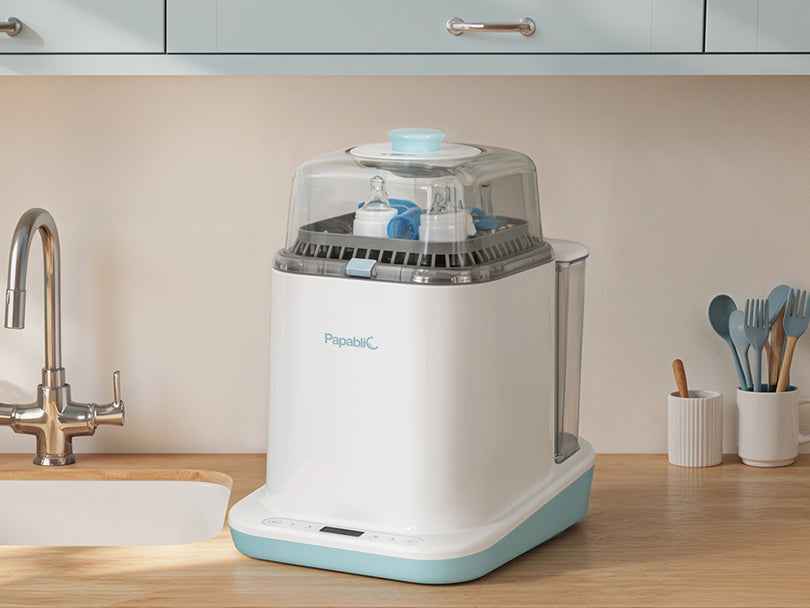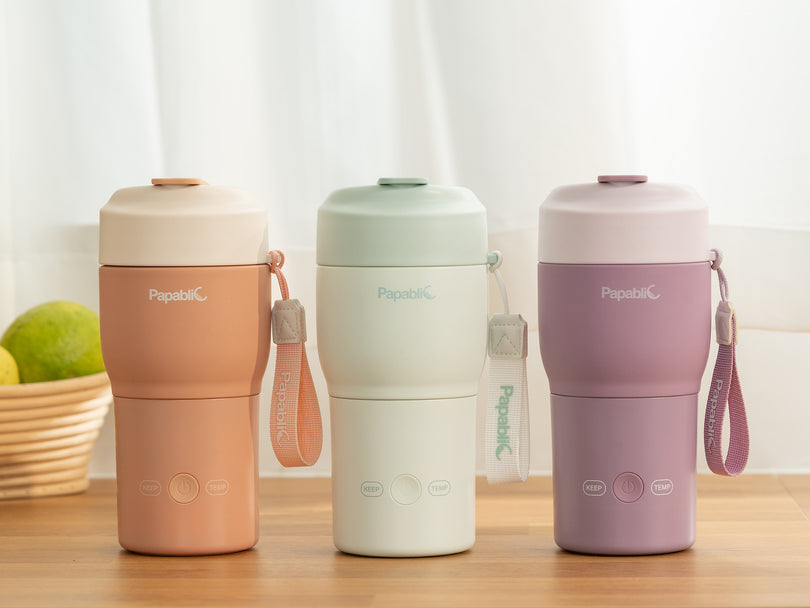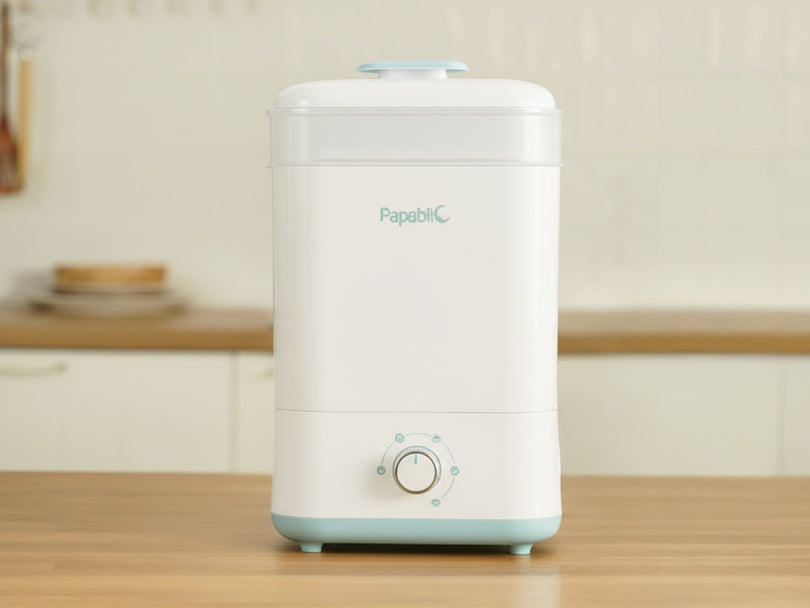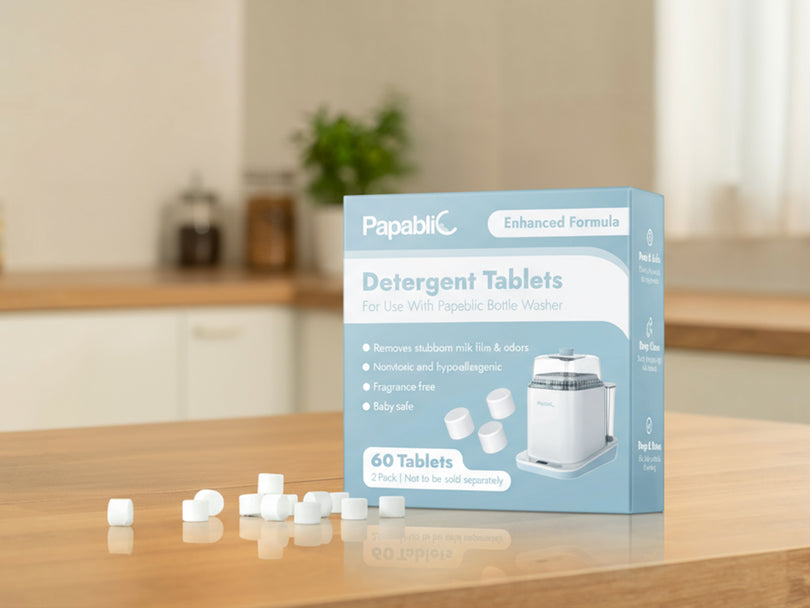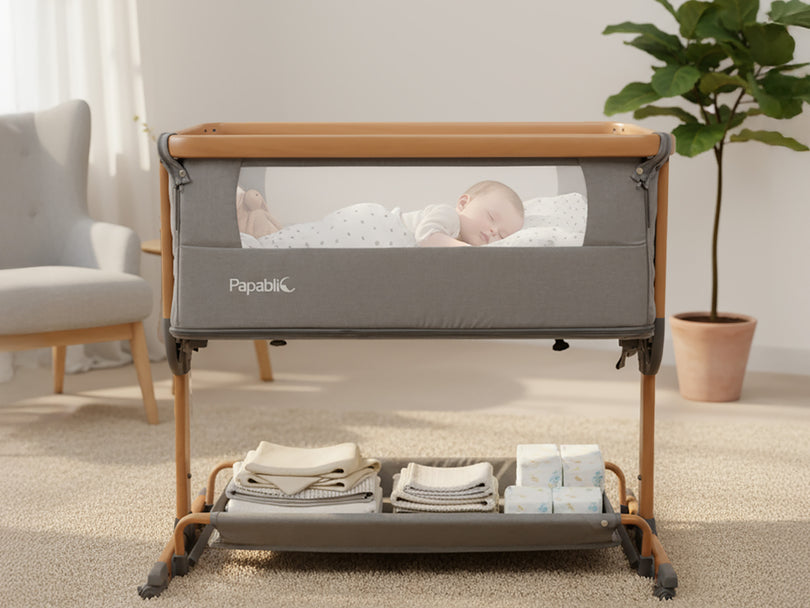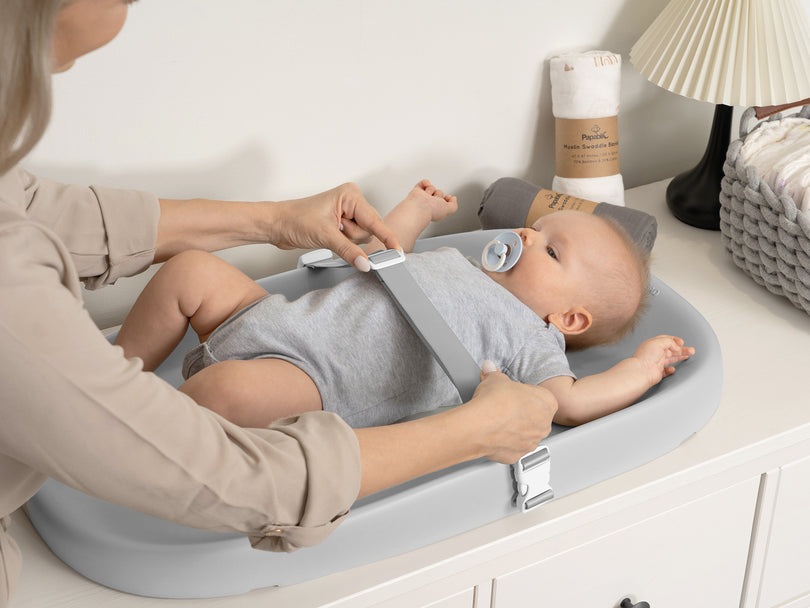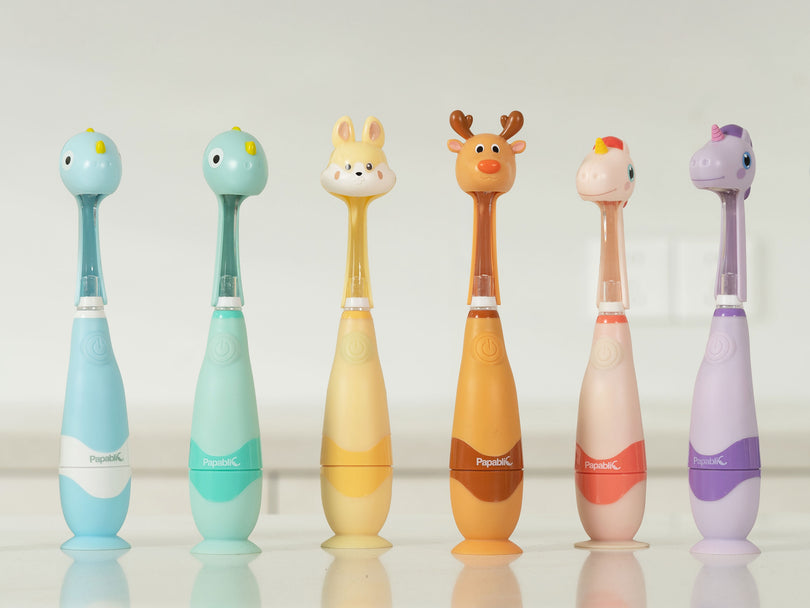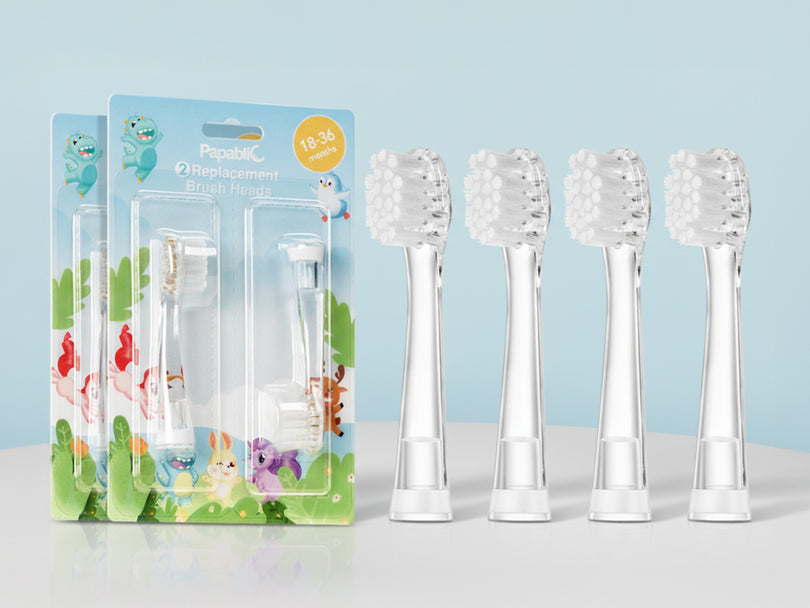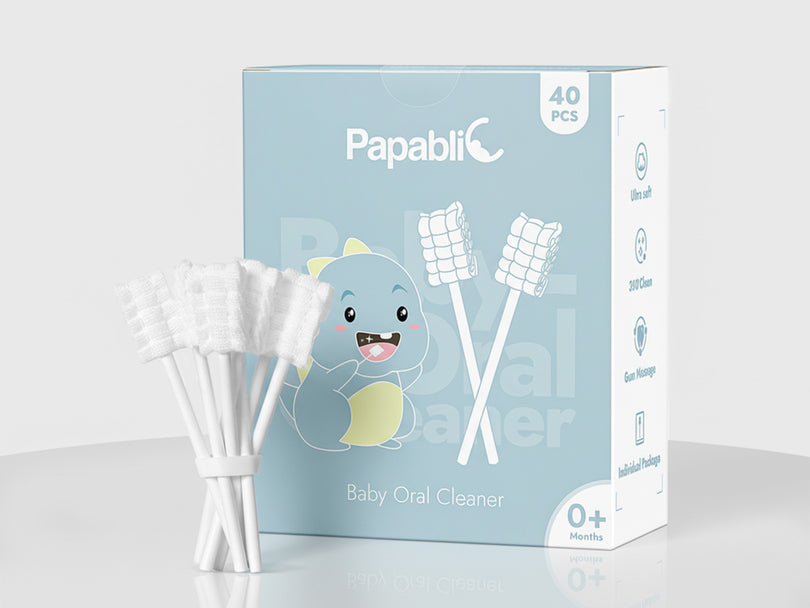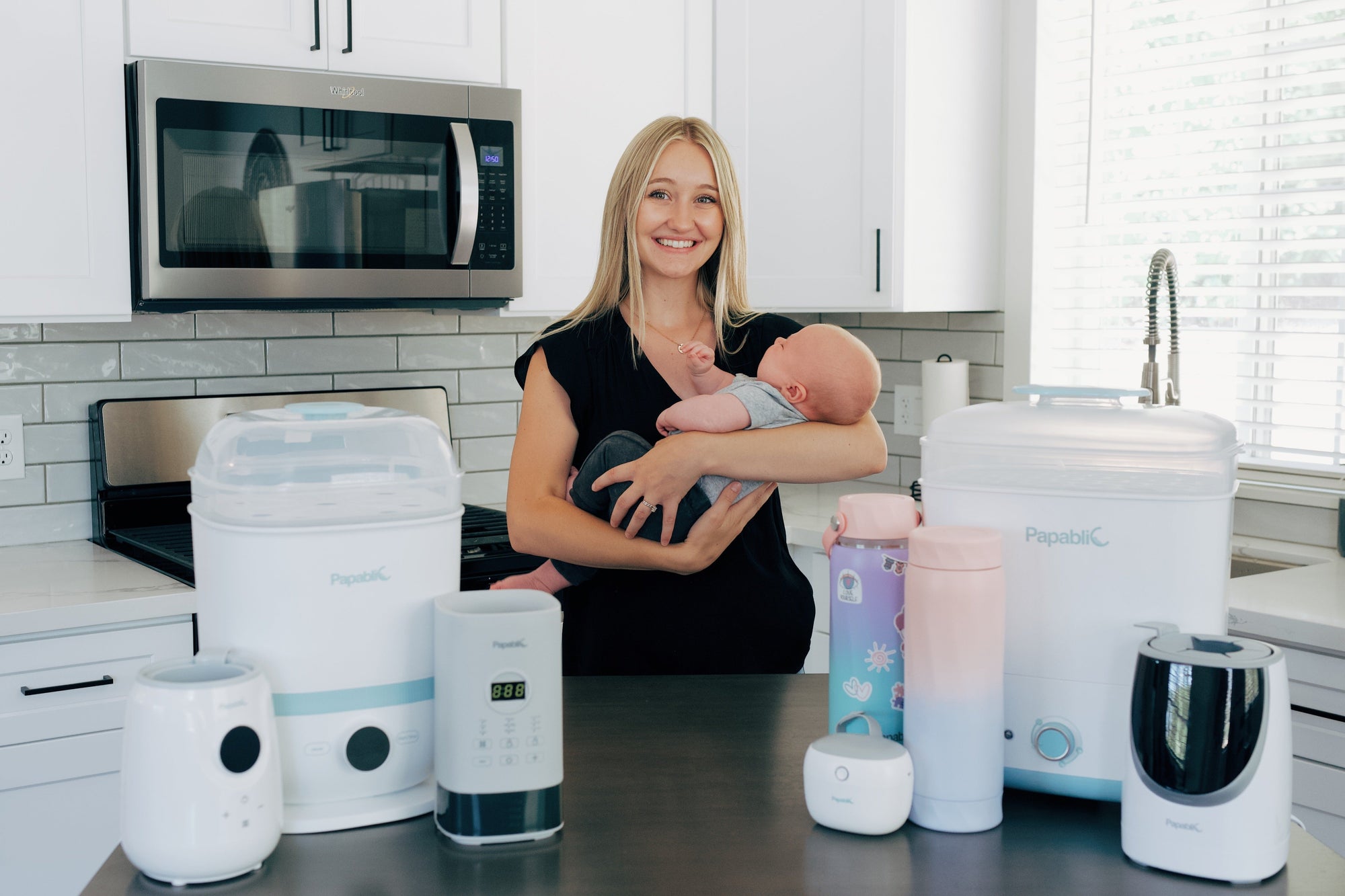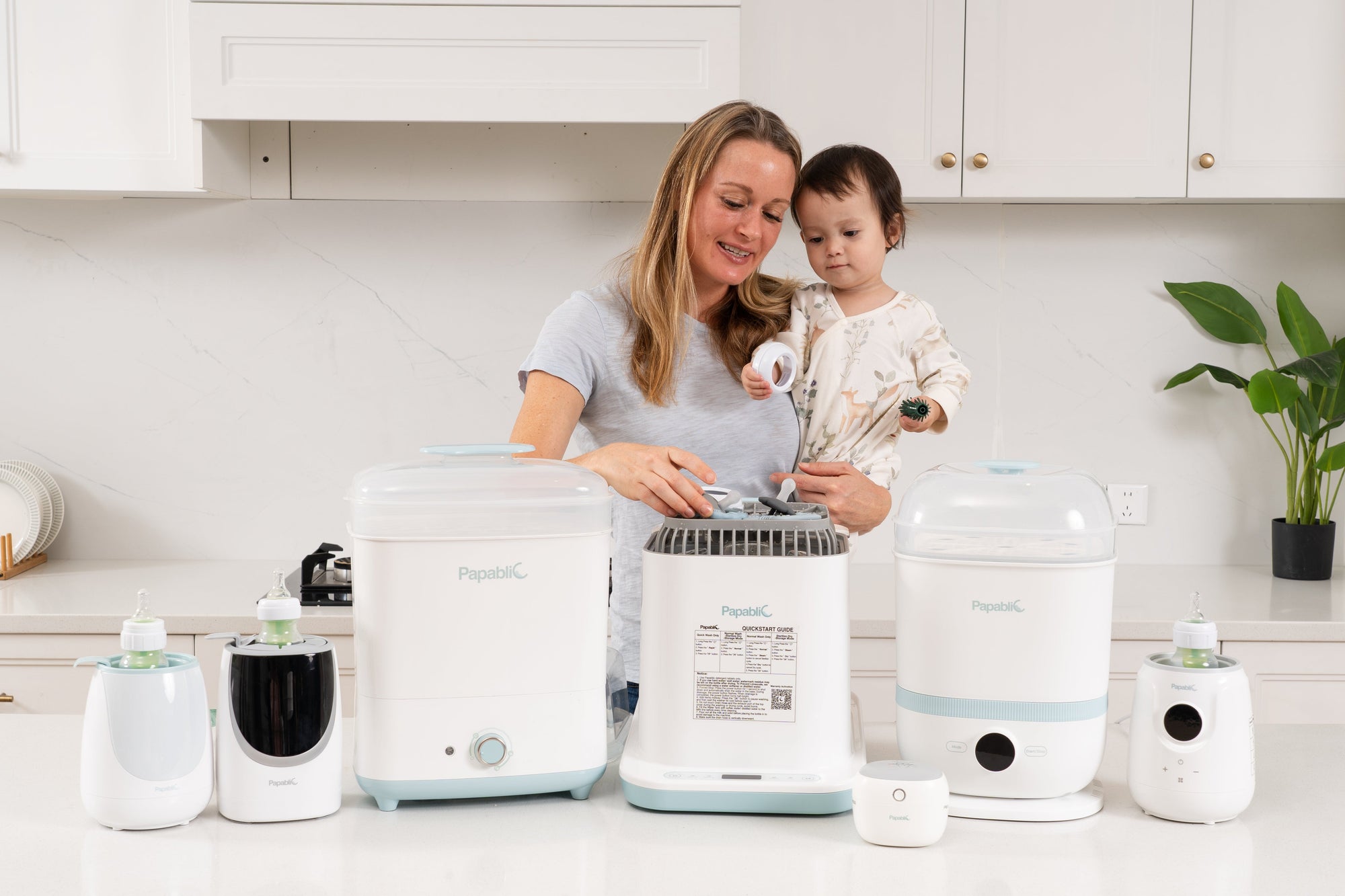A bottle sterilizer is a must-have for parents who want to ensure their baby’s feeding equipment is free from harmful bacteria and germs. However, many parents overlook the importance of cleaning the sterilizer itself.
Over time, mineral deposits, milk residue, and bacteria can accumulate inside the device, reducing its efficiency and potentially posing health risks. Regular cleaning not only maintains the baby bottle sterilizer’s performance but also extends its lifespan.
In this guide, we’ll walk you through simple, step-by-step instructions on how to clean a baby bottle sterilizer effectively, these tips will help you keep it in top condition, giving you peace of mind and your baby the best care possible.

Why Clean The Bottle Sterilizer?
While the primary purpose of a feeder bottle sterilizer is to eliminate germs from baby bottles, the device itself can become a breeding ground for bacteria and mineral buildup if not cleaned regularly. Here’s why keeping your baby bottle sterilizer clean is crucial:
Prevent Bacterial Growth
Over time, moisture and leftover milk residue can create an environment where bacteria thrive. If the feeder bottle sterilizer isn’t cleaned, it can reintroduce germs to your baby’s bottles, defeating its purpose.
Maintain Efficiency
Mineral deposits from water, especially in hard water areas, can clog the sterilizer’s components, such as steam vents or UV lamps. This can reduce its effectiveness and lead to longer sterilization cycles.
Extend Lifespan
Regular cleaning prevents corrosion and damage caused by residue buildup, ensuring your feeder bottle sterilizer lasts longer and performs optimally.
Ensure Safety
A clean sterilizer means a safer environment for your baby. It eliminates the risk of contaminants transferring from the sterilizer to the bottles.
By incorporating regular cleaning into your routine, you can ensure your sterilizer remains a reliable tool in keeping your baby’s feeding equipment safe and hygienic.
How to Clean The Bottle Sterilizer?
The best way to clean a bottle sterilizer is through a systematic approach that ensures that each part is free of bacteria, residue, and mineral buildup. This way, you can be sure your appliance is clean of germs and gets the job done correctly, which helps you protect your baby's feeding tools.

Step 1: Take Apart and Pre-Clean
Start by removing any removable parts: trays, racks, bottle holders, etc. Rinse these parts in separate, warm, soapy water—a soft-bristled brush or sponge works well to remove milk residue or debris. Focus on crevices where dirt often gets stuck, making sure no particulates remain.
Step 2: Clean the Inside
After that, clean the sterilizer’s inside. Soak a microfiber cloth in white vinegar or a gentle dishwashing detergent and run it over the base, walls, and lid. Don’t use abrasive scrubbers or harsh chemicals, which can scratch surfaces or leave behind toxic residues. To access hard-to-reach corners, use a cotton swab coated with vinegar.
Step 3: Remove Limescale Buildup
Hard water contains mineral deposits that require specific attention. If you have mild limescale you can run a vinegar solution through a sterilization cycle to remove buildup. If deposits prove stubborn, soak affected areas in undiluted vinegar or citric acid for 15 to 20 minutes and then scrub with a nonabrasive pad.
Step 4: Rinse and Dry
Then, rinse everything well in clean water to remove all traces of cleaning agents. Air-dry entirely before reassembling the sterilizer. Moisture remaining in the appliance can foster mold, so make sure all surfaces are dry to the touch.
Methods to Descale a Bottle Sterilizer
Descaling removes mineral deposits that water alone can’t eliminate. Below are four safe, effective methods:
Method 1: Vinegar Solution (Most Affordable)
White vinegar is a natural and cost-effective solution for descaling. Its acidic properties break down mineral deposits, making it ideal for regular maintenance.
Step 1: Mix equal parts white vinegar and water.
Step 2: Pour into the sterilizer’s water tank.
Step 3: Run a complete cycle, then let the solution sit for 30 minutes.
Step 4: Drain, rinse with fresh water, and run a plain water cycle to eliminate vinegar odor.
Pros:
● Non-toxic and budget-friendly.
● Effective against moderate limescale.
Cons:
● Strong odor (ensure thorough rinsing).
Method 2: Baking Soda Solution
Baking soda is a gentle yet effective option for light descaling. It’s odorless and safe for frequent use, making it a great choice for regular cleaning.
Step 1: Dissolve 2 tbsp baking soda in 1 cup warm water.
Step 2: Pour into the tank and let sit for 30–60 minutes.
Step 3: Scrub gently with a soft brush, then rinse.
Pros:
● Gentle on surfaces.
● Odorless and safe for frequent use.
Cons:
● Less effective on heavy buildup.
Method 3: Citric Acid Descaler
Citric acid is a natural and fast-acting descaler, perfect for tackling tough mineral deposits, especially in areas with hard water.
Step 1: Mix 1 tbsp citric acid powder with 1 cup warm water.
Step 2: Run a sterilization cycle with the solution.
Step 3: Rinse thoroughly and run a plain water cycle.
Pros:
● Natural and fast-acting.
● Works well in challenging water areas.
Cons:
● Requires purchasing citric acid.
Method 4: Commercial Descaling Products
Commercial descaling products are specifically formulated to tackle heavy limescale buildup. They are a convenient option for those who prefer a ready-to-use solution.

Step 1: Follow manufacturer instructions (e.g., dilute solution).
Step 2: Run a cycle, then rinse multiple times to remove chemical residues.
Pros:
● Formulated for heavy limescale.
● Often faster than DIY methods.
Cons:
● Higher cost.
● Risk of residue if not rinsed properly.
Method 5: Choose the Right Bottle Sterilizer
Sometimes, the best way to ensure your sterilizer stays clean and efficient is to invest in a high-quality device designed for easy maintenance and deep cleaning. A well-designed sterilizer not only simplifies the cleaning process but also minimizes the need for frequent descaling and manual scrubbing.
If you’re looking for a sterilizer that combines advanced cleaning technology with user-friendly features, consider the Papablic Baby Bottle Washer, Sterilizer, and Dryer All-in-One. This innovative device is designed to make your life easier while ensuring your baby’s feeding equipment is thoroughly cleaned and sterilized.

Key Features:
Deep Cleaning Technology: With powerful spray system, It features 26 water outlets and high-pressure jets at 25,000Pa, ensures a thorough wash at 162℉, reaching every corner for complete peace of mind.
All-in-One Functionality: Combines washing, sterilizing, and drying in one compact unit, saving you time and effort.
Easy-to-Clean Design: Features removable parts and self-cleaning modes, making maintenance a breeze.
Anti-Scale Coating: Prevents limescale buildup, ensuring long-lasting performance.
Why Choose Papablic?
Efficiency: The Papablic sterilizer uses advanced technology to clean and sterilize bottles, nipples, and other feeding accessories thoroughly.
Convenience: With its all-in-one design, you can wash, sterilize, and dry your baby’s bottles in a single cycle.
Peace of Mind: Designed with safety and hygiene in mind, the Papablic sterilizer ensures your baby’s feeding equipment is always clean and ready to use.
By choosing the right sterilizer, you can simplify your cleaning routine and ensure your baby’s bottles are always safe and hygienic.
How Often Should You Clean Your Bottle Sterilizer?
Establishing a routine for cleaning your bottle sterilizer allows it to remain hygienic and functional while adapting to your household's needs. Frequency depends on usage patterns, water hardness, and health considerations, but these general guidelines promote a balance of practicality and safety.
Daily Care
Every time you finish a sterilization cycle, given that there may still be residual moisture, wipe the interior with a neat, dry garment. Run parts that can be removed — like trays and caps — under warm water to get rid of any milk or formula residue. This stops bacterial growth and keeps the device on standby.
Deep Clean Once a Week
Once a week, do an extensive cleaning using natural solutions, such as white vinegar or baking soda. These agents weaken light limescale and organic buildup without using harsh chemicals. Spend some time scrubbing the details, including the heating plate, corners, and seals, where grime can build up.
Monthly Scaling
Families with hard water should definitely prioritize aggressive scaling every 3–4 weeks. Mineral deposits from calcium and magnesium can clog the sterilizer’s heating element, reducing efficiency. You can either use citric acid or a commercial descaler, then follow with several rinsing cycles.
When a Loved One is Sick
If your baby or family member is recovering from a contagious illness, immediately sterilize the device after cleaning. Perform a dry cycle with only water to remove any remaining pathogens, ensuring the next sterilization session isn’t compromised by leftover germs.
Following this timetable will reduce health risks, improve appliance performance, and lengthen its lifespan. Scale based on your water quality or if you find odors, slow cycles, or visible residue.
For more insights into the importance of sterilization and how it works, check out our article on The Science of Bottle Sterilization: How It Works and Why It Matters.
FAQs About How to Clean Bottle Sterilizers
Q1: Is Bleach an Acceptable Option for Cleaning Sterilizers?
No. bleach can corrode surfaces and leave dangerous residues. Avoid using chemical strippers and cleaners on delicate surfaces; vinegar, baking soda, or citric acid will clean and disinfect safely without potential damage and risk of inhalation of chemical use.
Q2: What Should I Do When the Metal Plate in the Sterilizer Has Become Dirty?
Dip a cloth in vinegar or lemon juice, wipe the plate gently, and rinse. For tough deposits, allow the solution to sit for 10 minutes before scrubbing to loosen mineral buildup.
Q3: My Sterilizer Smells after Cleaning. Why?
Residual cleaning agents, such as vinegar, can linger if they aren’t rinsed well. Neutralize odors by running 1–2 empty sterilization cycles with plain water before reusing.
Q4: Can I Put the Sterilizer into the Dishwasher?
The vast majority of sterilizers have electrical parts and aren’t dishwasher-safe. Consult the manufacturer’s manual for particular cleaning instructions to avoid damage.

Conclusion
Cleaning and descaling your bottle sterilizer regularly are essential for both the safety of your baby and the longevity of your appliance.
For those who want to minimize maintenance and maximize convenience, investing in a high-quality sterilizer like the Papablic Baby Bottle Washer, Sterilizer, and Dryer All-in-One is the ultimate solution. With its advanced cleaning technology and user-friendly design, it’s the perfect choice for busy parents who want the best for their baby.

